Landscape Border Installation: Choosing the Right Edging for Your Yard
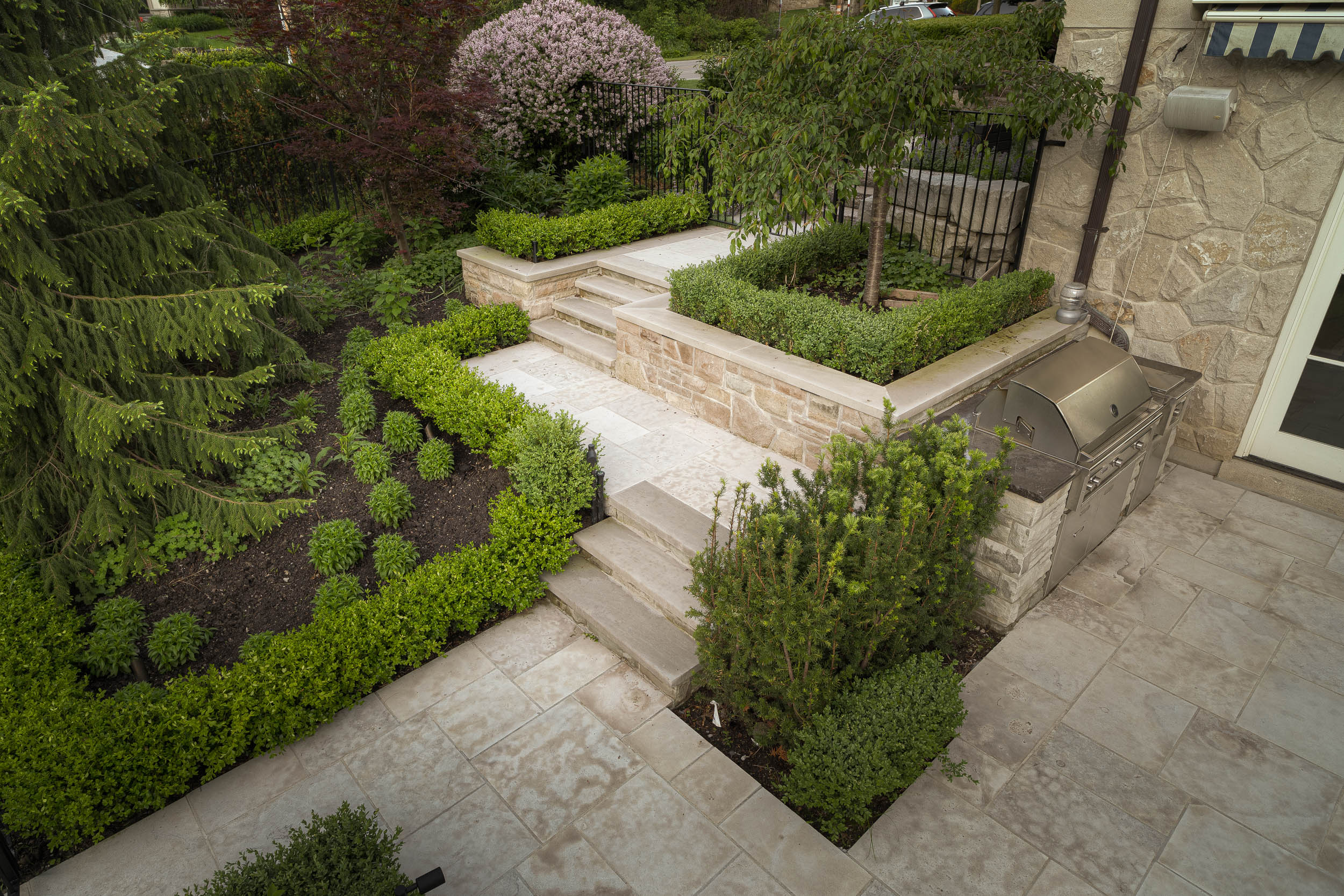
You’ve been picturing a better backyard for a while now. One with just the right balance of structure and softness, where stone paths lead somewhere inviting and the greenery does more than just fill space. But getting from idea to execution in Toronto? That’s where things tend to stall. Between the dense, moisture-loving soil, shifting seasons, and endless decisions on materials, it’s easy to stay stuck in the “someday” phase.
That’s where this guide steps in. It’s written for Toronto homeowners who are ready to stop endlessly searching the web and start creating a space that’s everything they’ve dreamed of and more. You’ll find practical strategies for every phase of landscape construction, from figuring out your first move to adding those personal touches that make it yours. Whether your vision includes modern hardscaping, layered gardens, or something you haven’t quite named yet, this will help you get there with clarity and confidence.
Why Lawn Edging Makes a Bigger Impact Than You Think
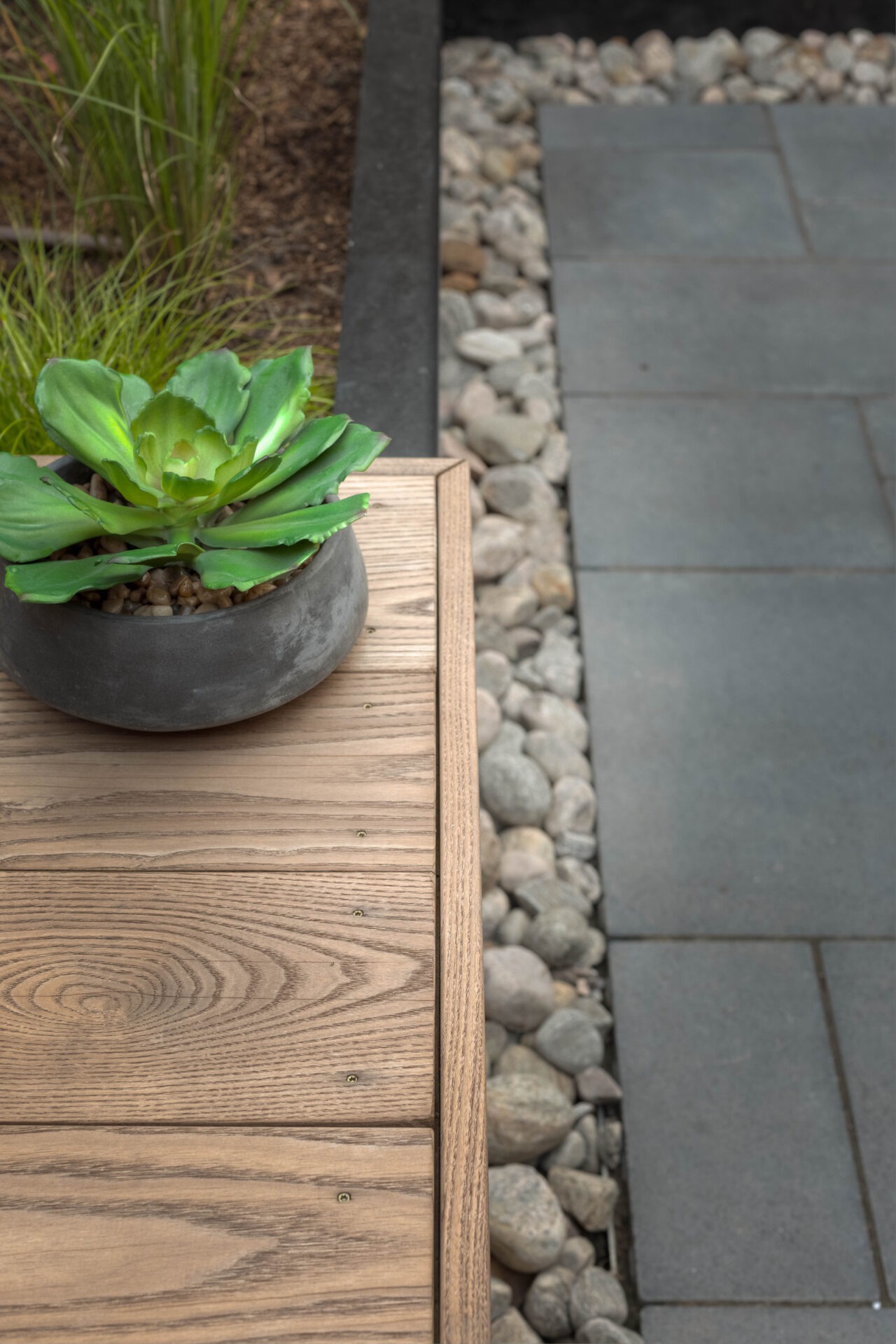
Once you’ve committed to edging your lawn or garden, the next step is deciding which material will serve your space best. With options ranging from sleek metals to rustic wood or natural stone, there’s no shortage of ways to define your garden’s edges with style. The key is picking something that fits not only your aesthetic, but also the way your outdoor space is used and how much time you want to spend maintaining it.
Each material offers something different: flexibility, affordability, longevity, or visual impact. Weigh your options to find the one that fits both your yard and your style.
What Type of Landscape Edging Is Right for Your Toronto Yard?
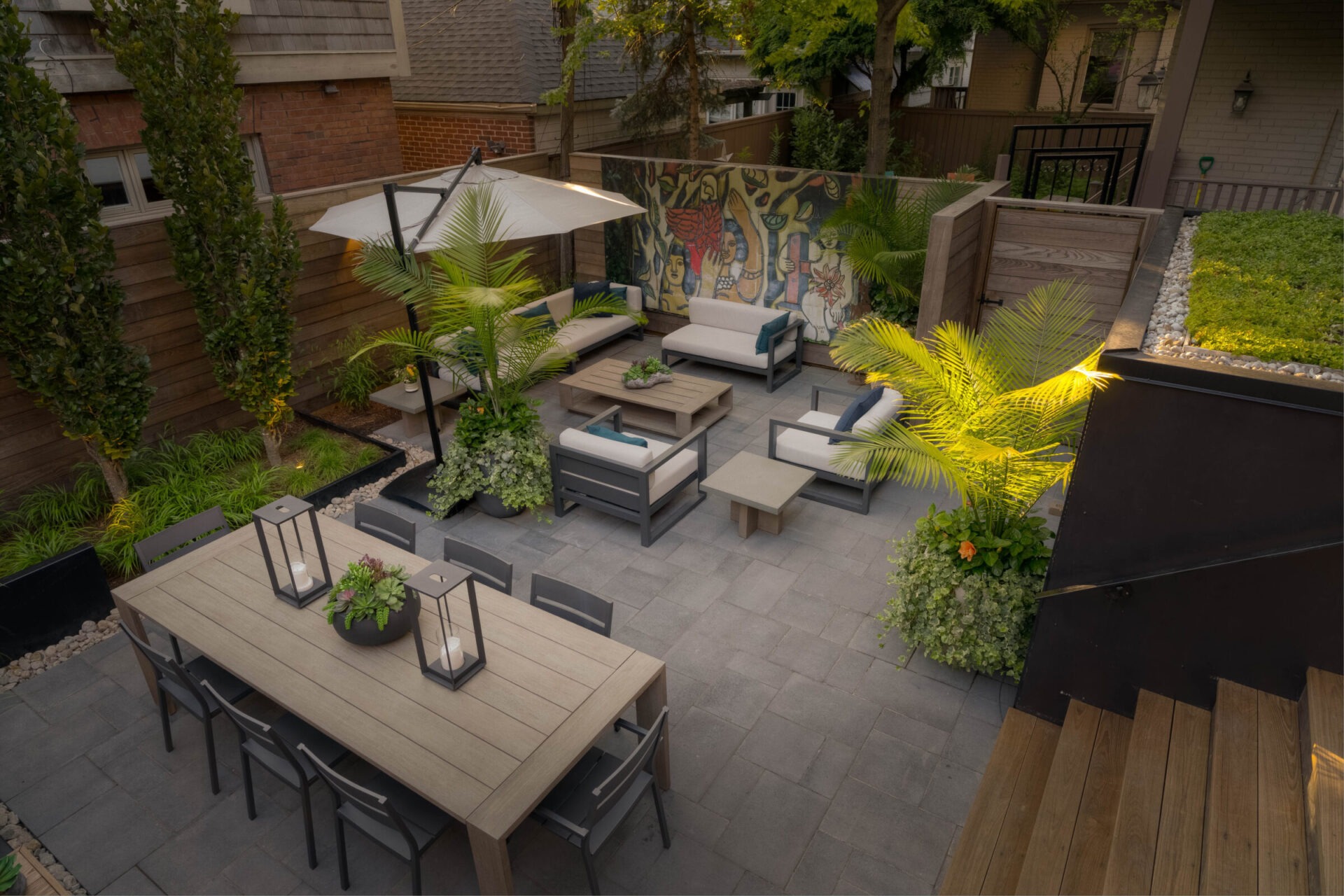
Edging might not be the first thing people notice in a landscape, but it’s a detail that subtly keeps the whole design in check. Selecting the right materials for your landscape directly affects not just how it looks, but how well it performs over time. The right material reinforces structure, supports plant health, sharpens the lines of your design, and helps your entire yard look distinct and intentional. Whether you’re drawn to the crisp profile of metal, the natural texture of stone, or the flexibility of plastic, your choice should reflect both how your garden is built and how you care for it.
Metal Edging
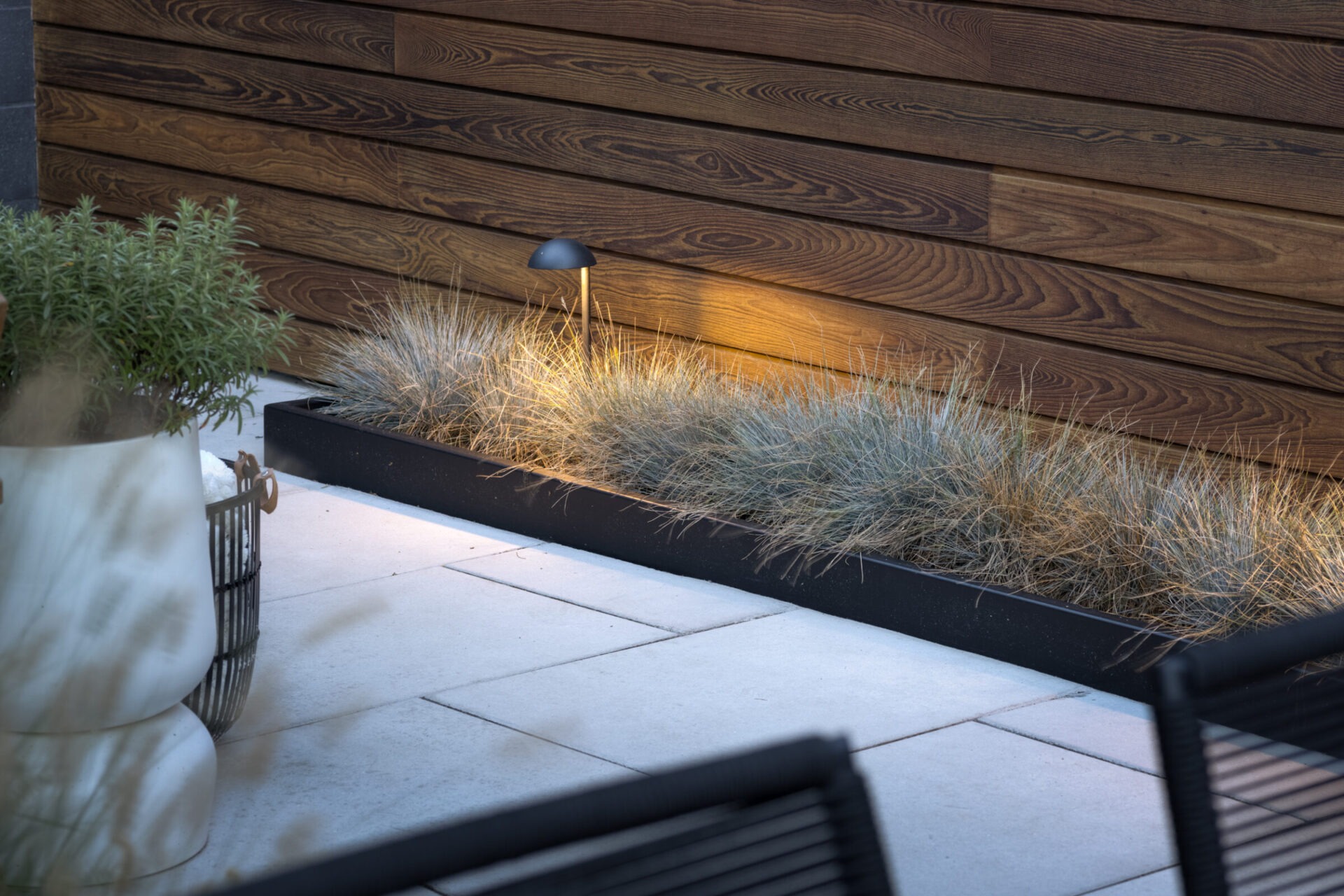
Clean, modern, and refreshingly low-maintenance, metal edging made from aluminum or steel is a dependable option if you want something that lasts. Its flexibility makes it easy to shape around curves and angles, which works well in more organic garden designs. Although it usually costs more at the outset, its durability makes it a worthwhile investment that quietly supports the overall look of your landscape.
Why it works: Long lifespan, sleek appearance, minimal upkeep.
What to watch out for: Susceptible to rust if untreated and generally more expensive than plastic or wood.
Plastic Edging
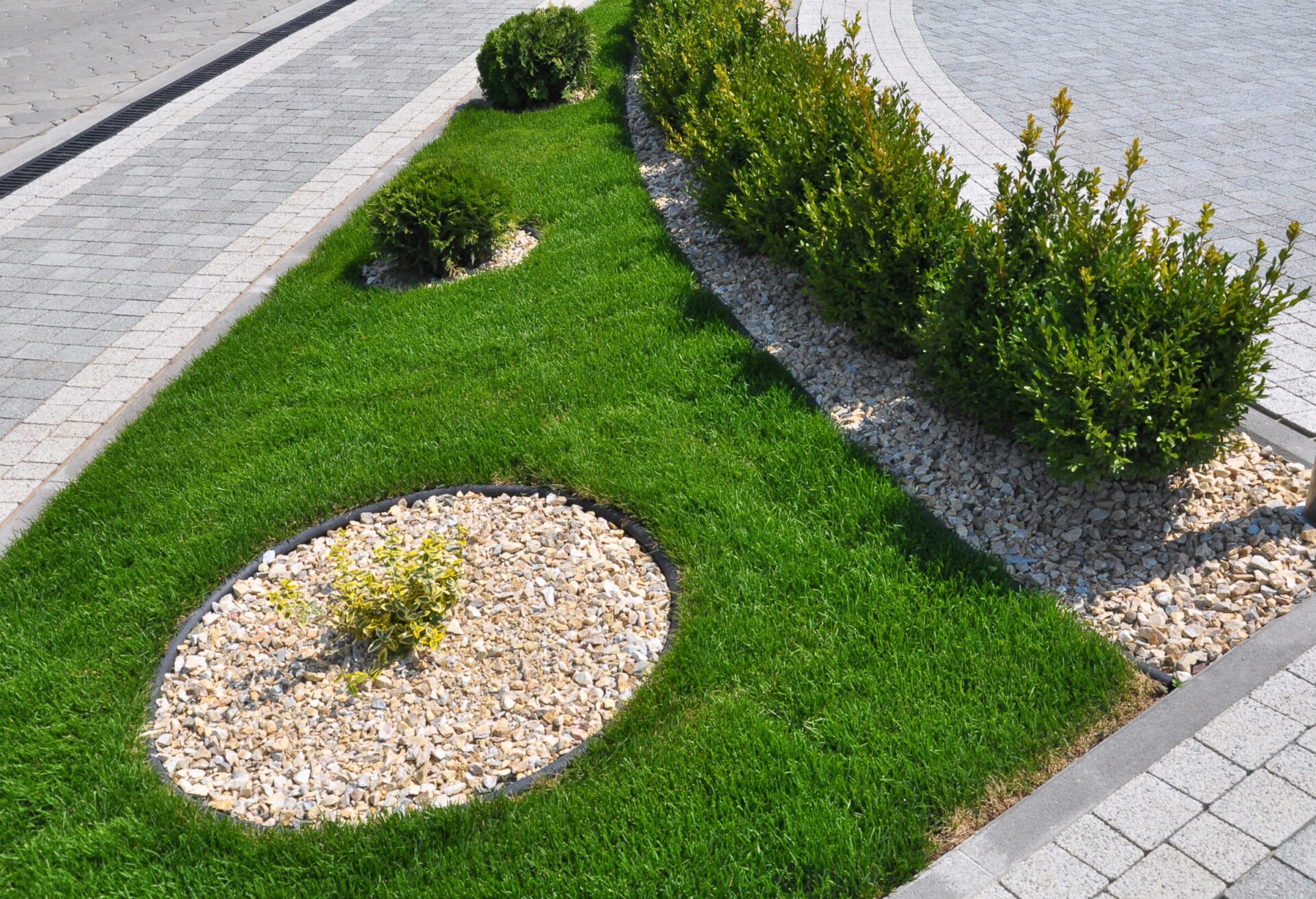
Plastic edging is an accessible choice for many homeowners. It’s lightweight, affordable, and comes in a range of designs. This makes it a great solution for gardeners looking for something quick and flexible to install. While it may not be the longest-lasting material, it can define spaces effectively without a major investment.
Why it works: Budget-friendly, bends easily for curves, handles most weather conditions.
What to watch out for: Can become brittle over time and may shift out of place if not installed securely.
Stone Edging
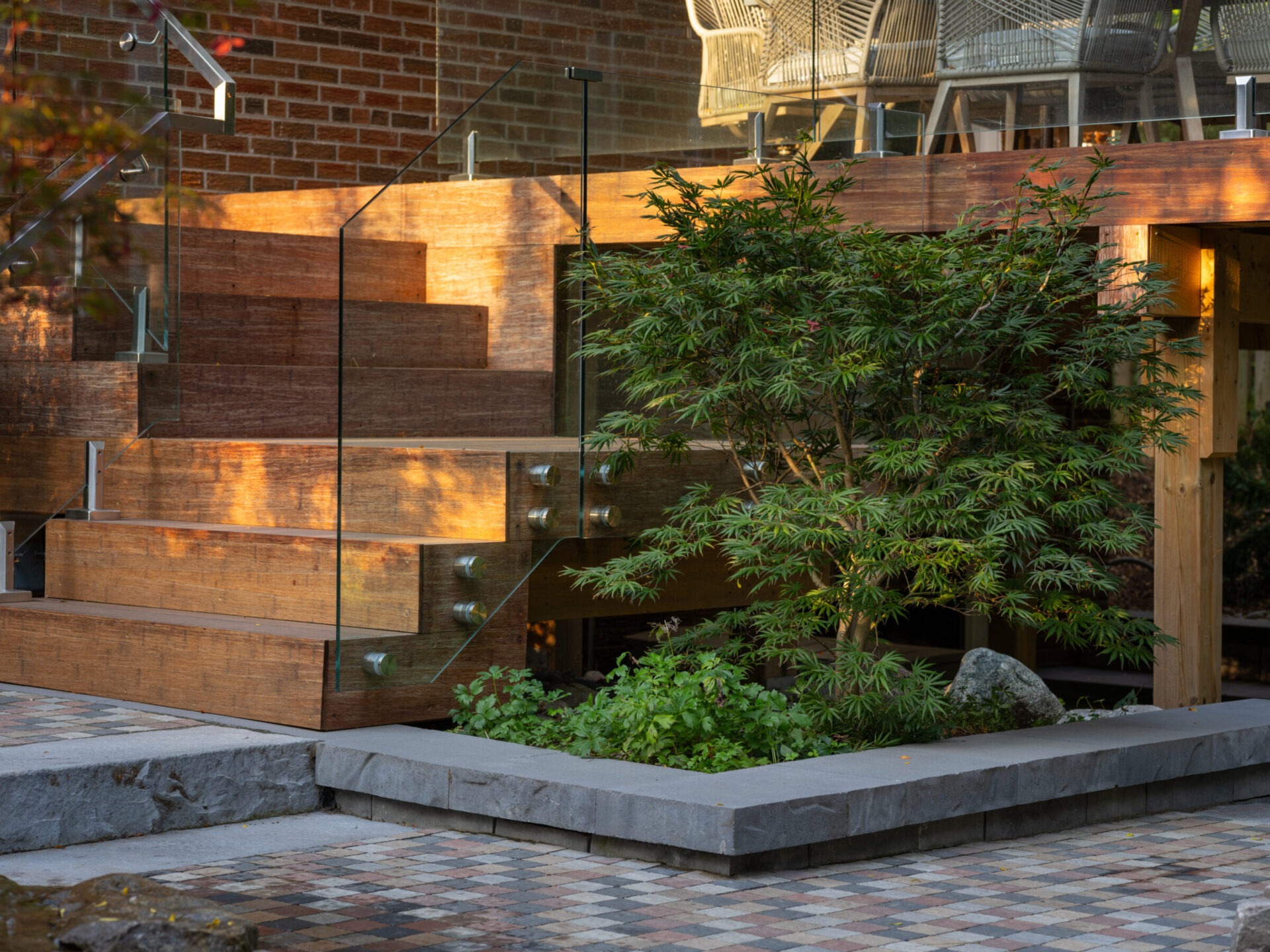
Stone edging brings a classic and natural feel to any garden. Options like river rock, fieldstone, or brick each offer unique texture and charm. It’s extremely resilient and blends easily with surrounding greenery, giving your yard a polished yet relaxed feel that doesn’t require much upkeep.
Why it works: Durable, low-maintenance, visually timeless.
What to watch out for: Heavier initial cost and may take more effort and time to install properly.
Wood Edging
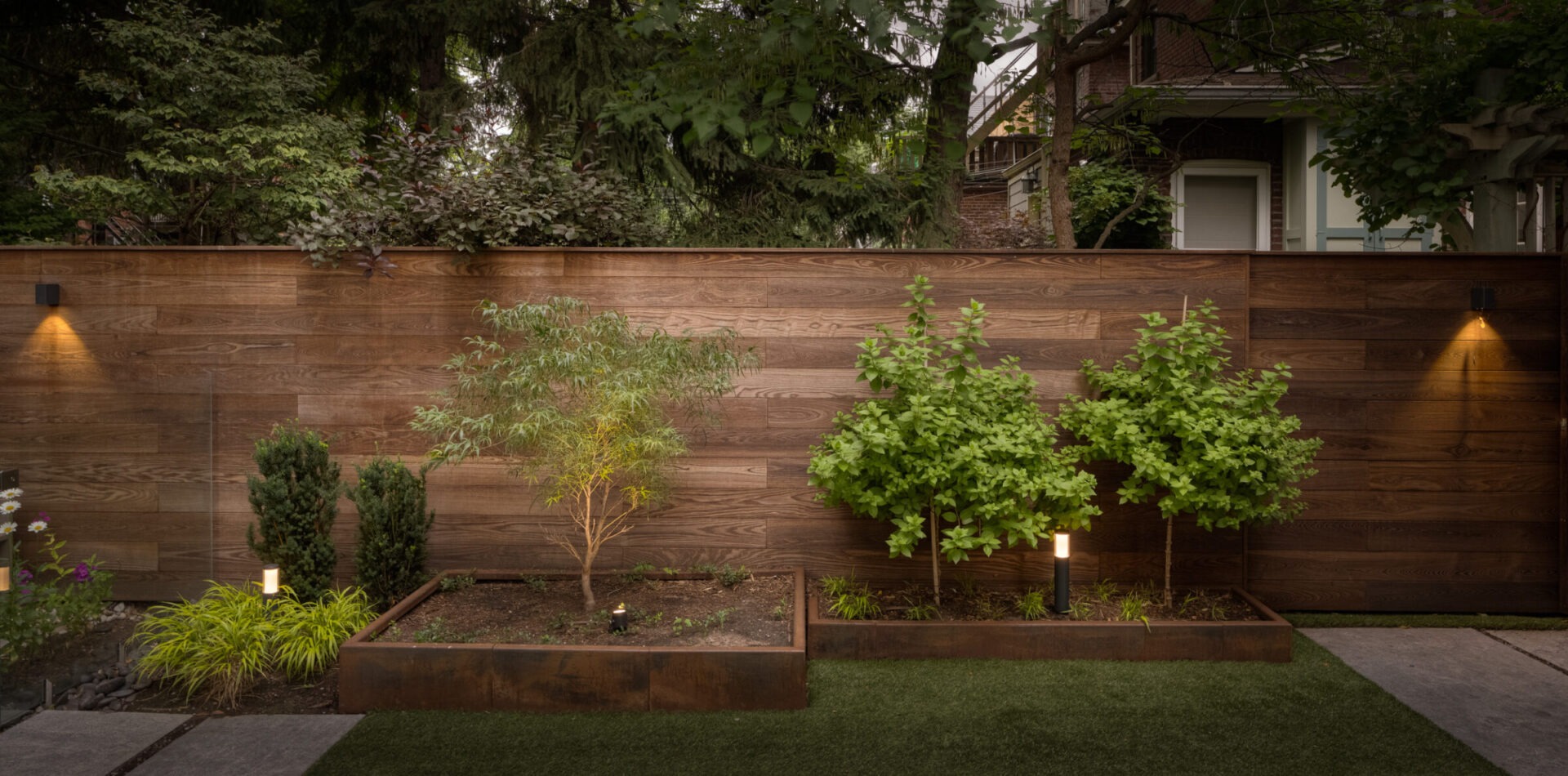
Wood adds warmth and a relaxed, rustic feel that works especially well with native planting. With options like cedar, redwood, or treated pine, it complements Toronto’s natural scenery beautifully. Proper care, including sealing and occasional upkeep, can keep it looking good for years.
Why it works: Natural charm, easy to install, eco-friendly when sourced responsibly.
What to watch out for: Vulnerable to rot without treatment and may need regular maintenance.
Concrete Edging
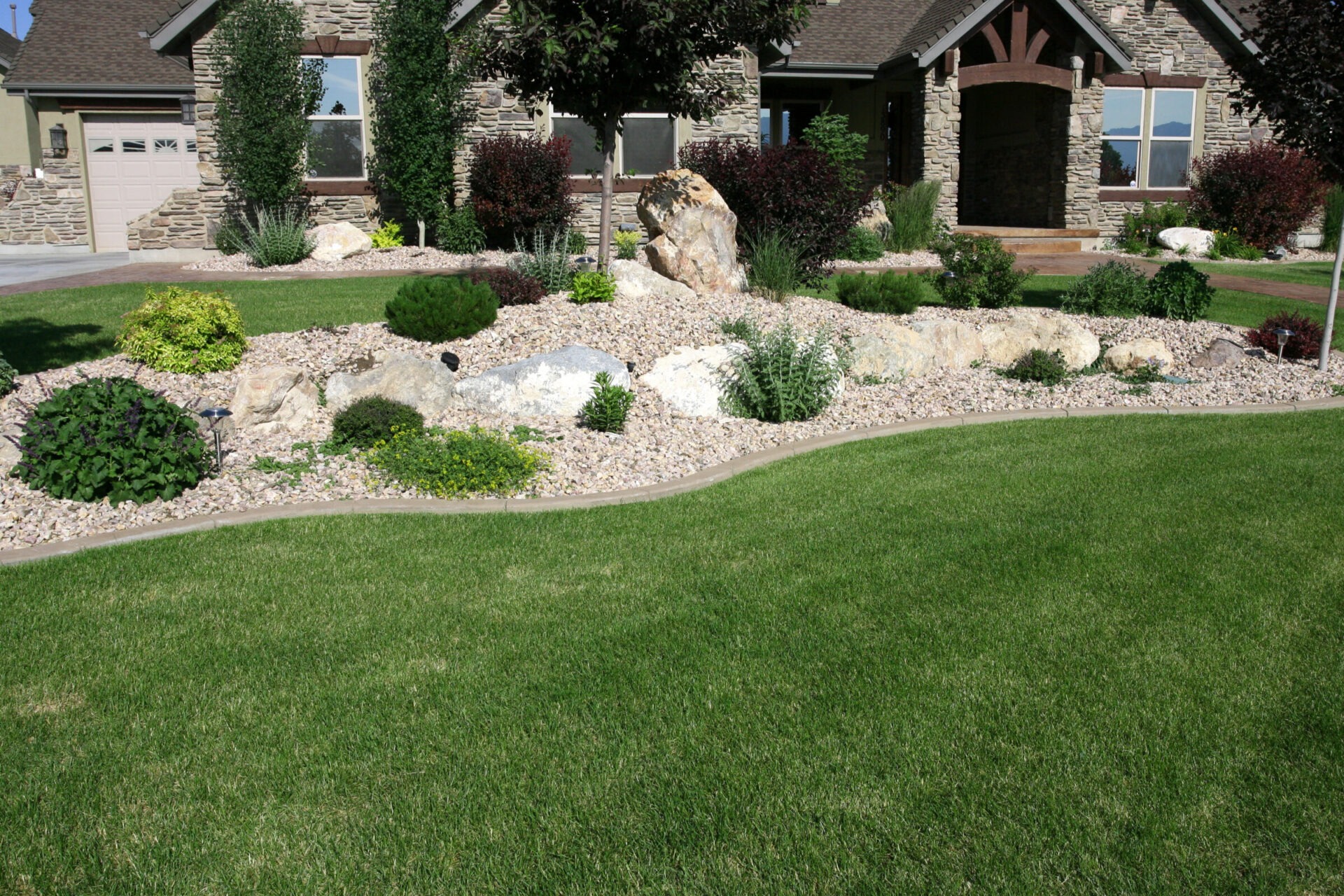
Concrete is a go-to material for homeowners who want bold lines and lasting strength. Whether poured in place or installed with pre-formed blocks, it offers plenty of room for creative design. It’s ideal for areas that get frequent use and for those who want a low-maintenance edge that holds its shape year after year.
Why it works: Extremely strong, customizable, stands up well to Ontario winters.
What to watch out for: Often requires professional installation and is less suited to curved layouts.
Installing Your Landscape Edging: What to Know Before You Dig
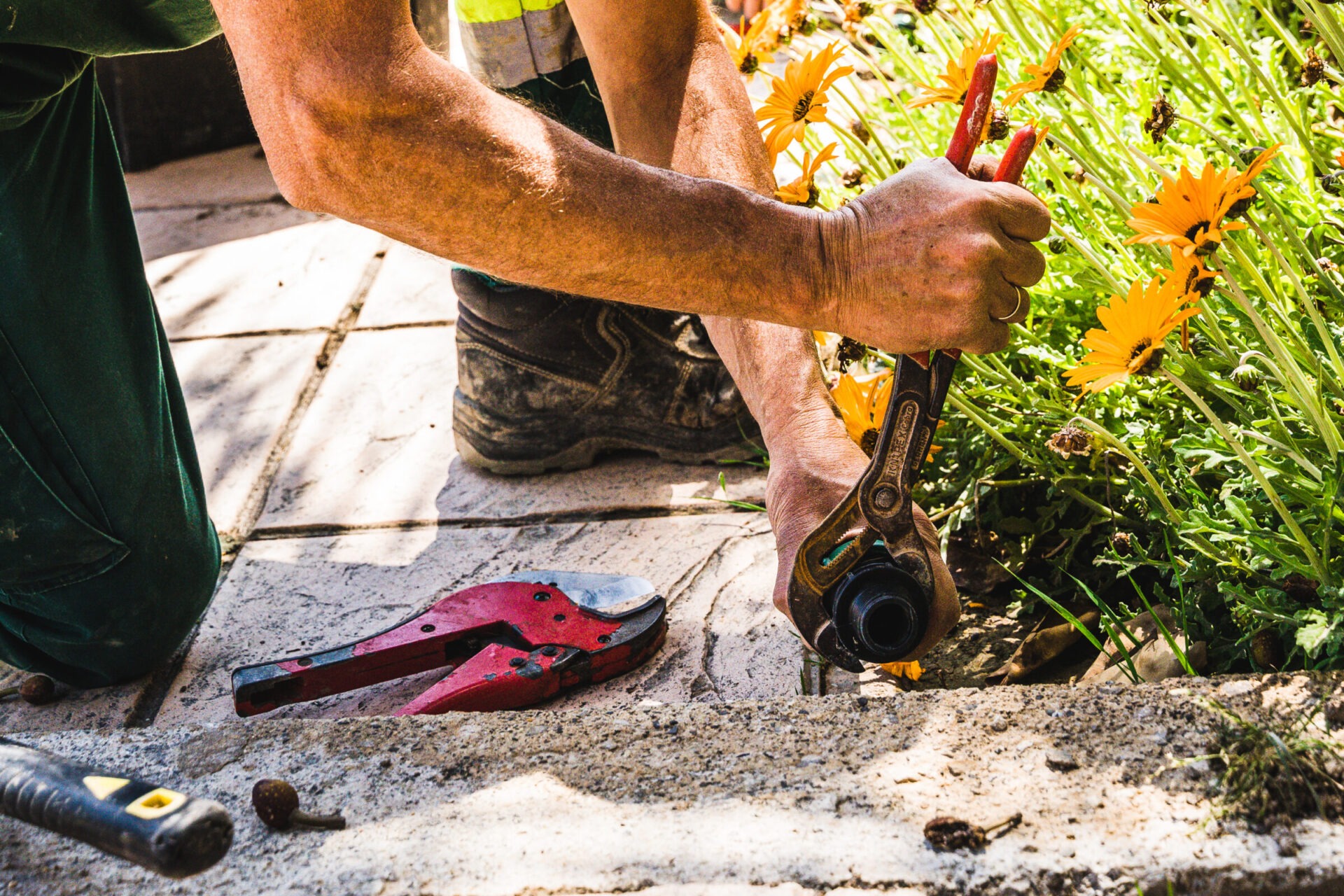
Installing landscape edging looks deceptively simple, but doing it right takes more than just digging a line. Success depends largely on your materials, whether it’s stone for structure, metal for crisp definition, or flexible options that curve with your garden’s shape, and on how well you want it to last. With proper preparation, edging keeps garden beds contained, lines clean, and gives your entire landscape a polished, professional look. Best of all, it’s a project you can finish in a day and enjoy for years to come.
Step 1: Map Out Your Border
Before you dig, decide exactly where you want the edging to go. Use a garden hose or string to trace the shape. Whether you’re wrapping around a garden bed or running along a path, try to picture how it frames your plants and fits into the rest of your space. A clear plan makes the rest of the work smoother.
Step 2: Get Your Tools Ready
Make sure everything you need is on hand before you begin. Most edging projects call for a spade, rubber mallet, level, and some kind of stake or anchor depending on the material. When you’re not stopping to hunt down tools, the whole process stays on track and feels more manageable.
Step 3: Prep the Ground
Clear away grass, roots, and anything else in the way. Then dig a trench that fits your edging’s shape and depth. This base holds the material steady and helps keep the line even. Giving the ground some attention here prevents problems from showing up later.
Step 4: Place Your Edging
Set the edging in the trench and follow the shape you laid out. Use a mallet to tap it gently into position and check with a level as you go. If anything shifts or looks uneven, now’s the time to fix it. A steady hand and a few extra minutes will go a long way toward a neat finish.
Step 5: Lock It In and Add Finishing Touches
Fill in the trench around the edging with soil, pressing it down to keep everything secure. Then layer in mulch, gravel, or low plantings along the edge to tie it all together. This final step brings out the shape of your garden and makes the edging feel like it’s always belonged there.
Keep Your Edging Sharp with Simple, Regular Care
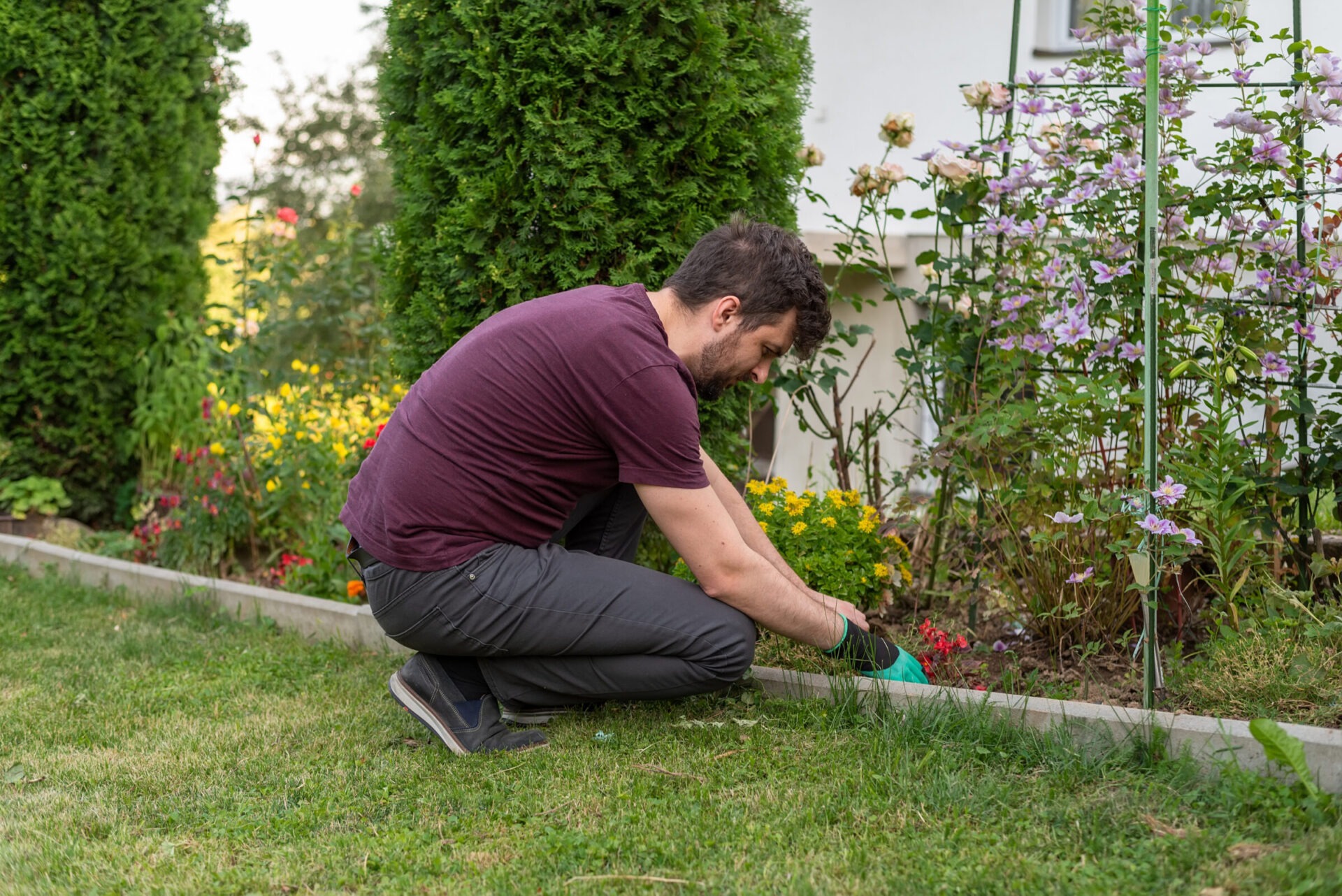
Even the best-installed edging needs a bit of upkeep now and then. A few quick checks throughout the year can keep your borders clean, strong, and looking like new without much effort.
Look for signs of wear: Give your edging a regular once-over to spot rust, warping, or rot before it spreads. A quick check in spring and fall is usually enough to stay ahead of any issues.
Clean as you go: Brushing off dirt, leaves, and lawn clippings helps prevent buildup and staining. A little attention after mowing or yard work can go a long way toward keeping things tidy.
Protect the material: If you’re using wood or certain types of stone, sealing it once a year keeps moisture out and colour in. It’s a small step that helps your edging hold up through Toronto’s shifting seasons.
Why Landscape Edging Is Worth It
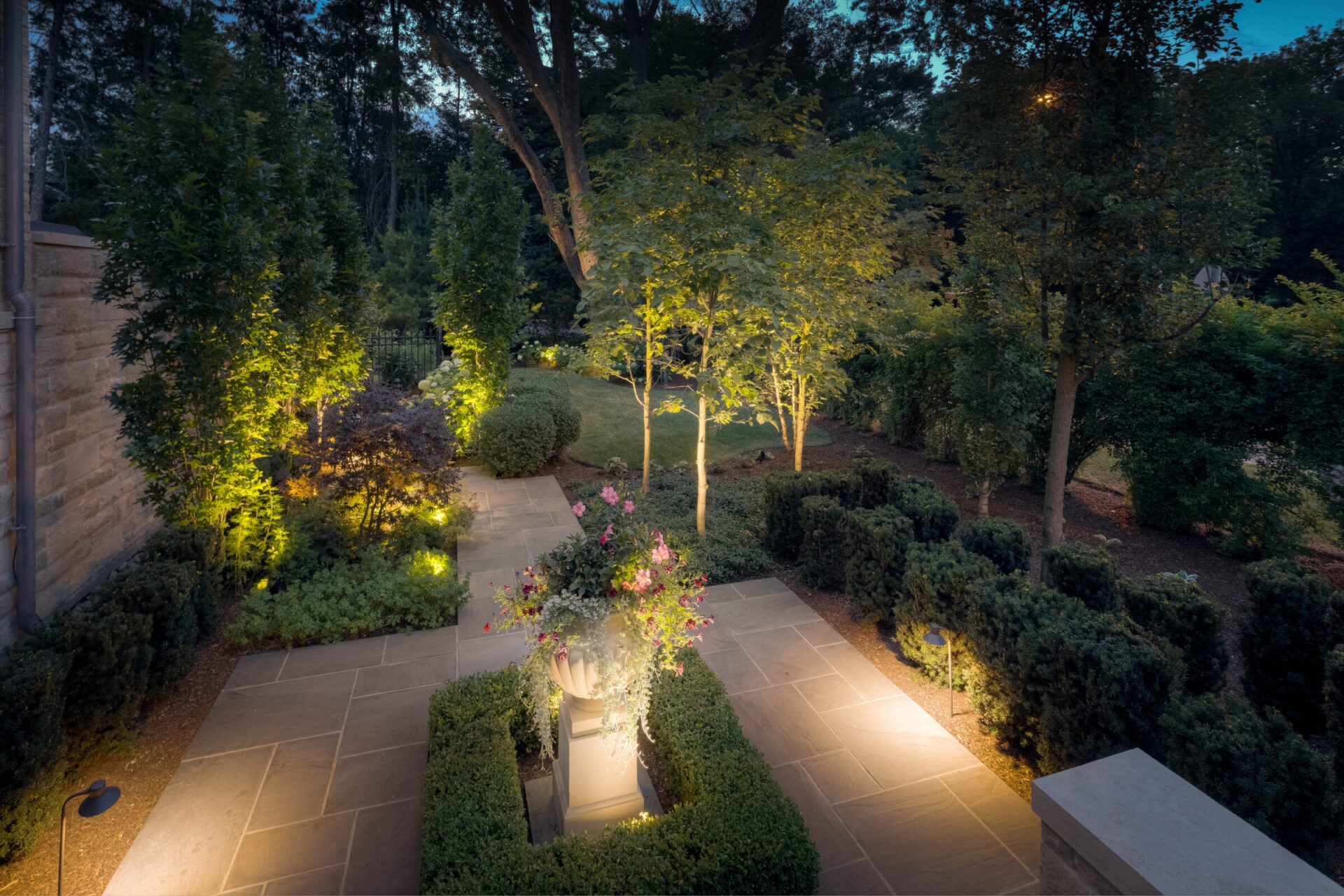
Edging might be a detail, but in great landscape design, details are everything. A clean border neatens up your beds, anchors your space, separates textures, guides movement, and helps every element of your landscape look and feel intentional. That’s the difference between just a yard and an impressive, thoughtfully designed outdoor space.
But a polished edge only shines when the surrounding landscape works in harmony. If you’re thinking beyond borders, about things like drainage, hardscaping, planting, or ongoing care, our How to Choose the Right Landscape Designer in Toronto: Expert Tips shows how it all fits together. From soil assessments and construction to horticulture and seasonal maintenance, it outlines the full scope of what landscapers do to build cohesive, enduring spaces.
At Allweather Landscape, we don’t just install edging—we craft spaces with purpose. If you’re done settling for “good enough” and ready to think bigger with crisp borders that define your beds to full-scale transformations that reimagine your property, we’re all in. Let’s talk about what’s possible and map out a plan that’s grounded in expertise and tailored to how you want to live. Book a consultation today to get started.
Tags:
